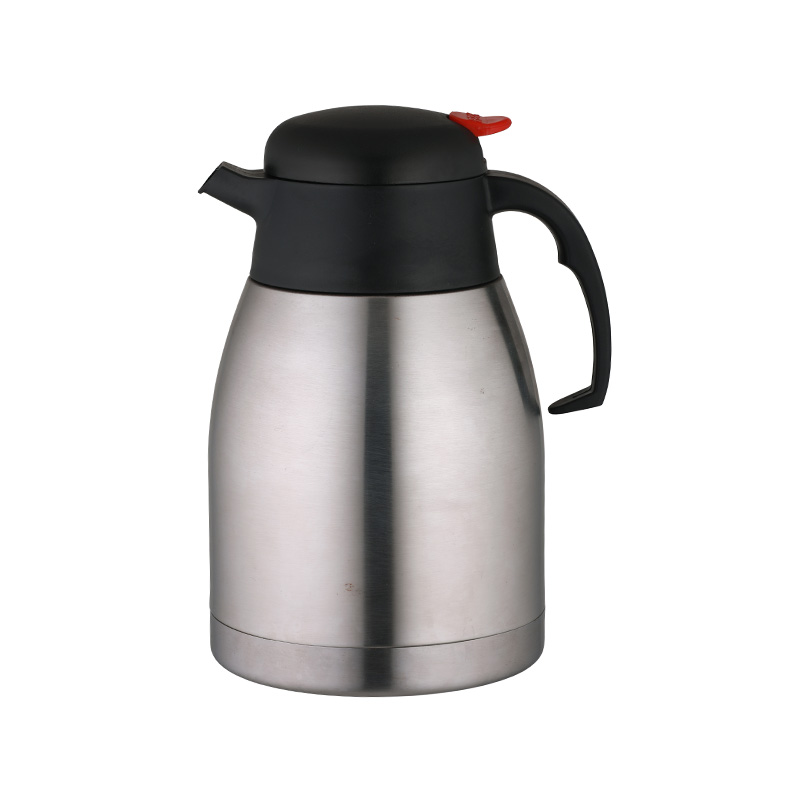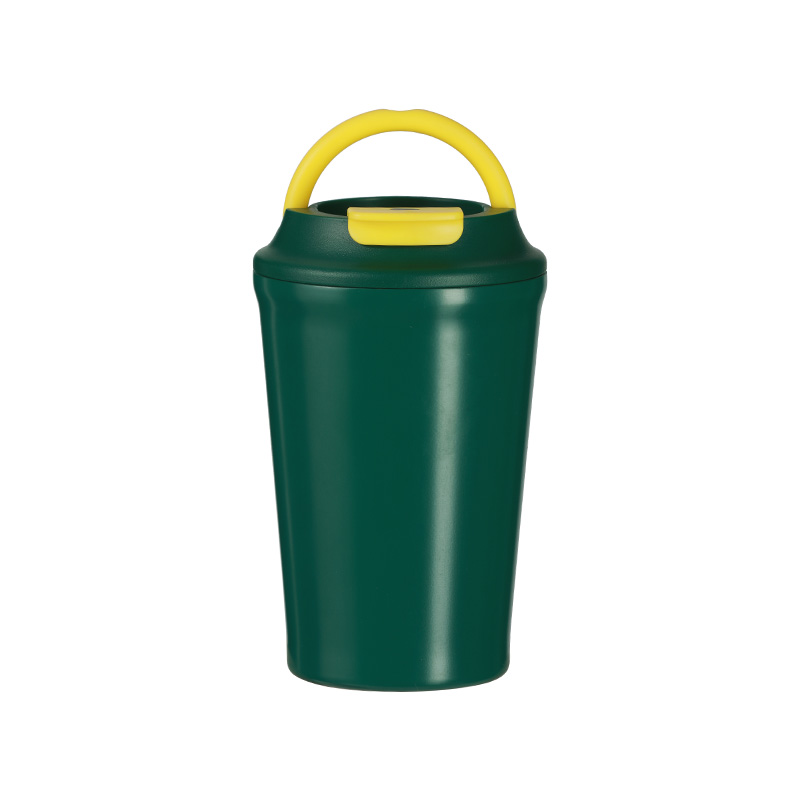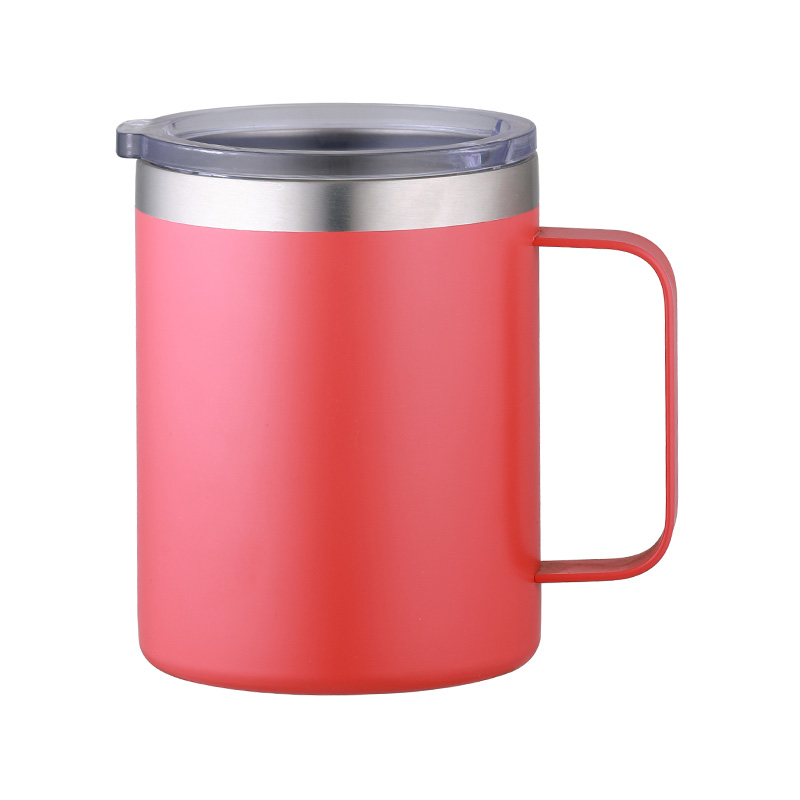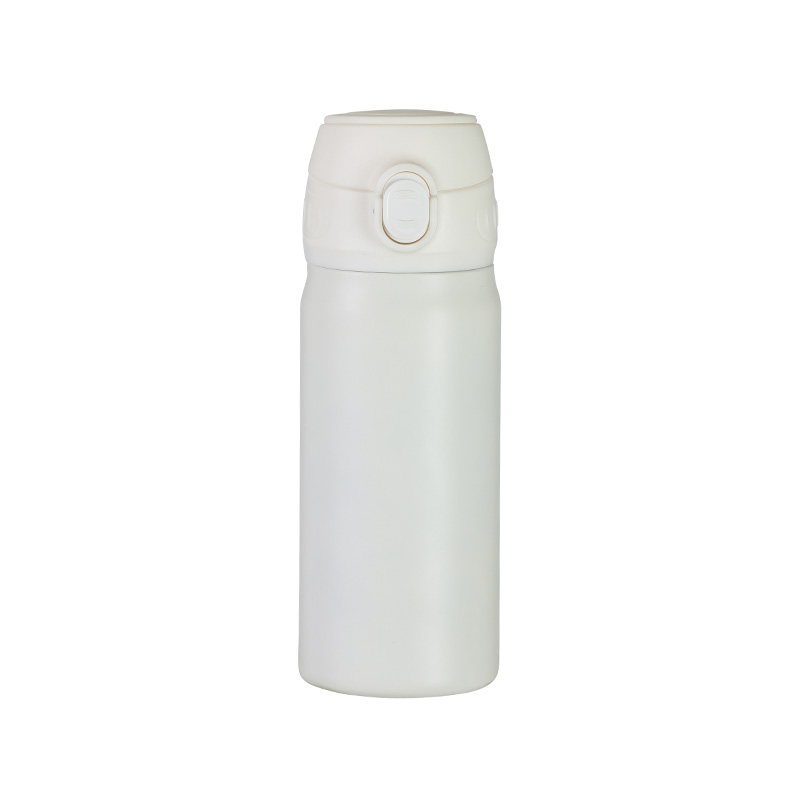The selection of a vessel for heating, cooling, and storing liquids is a common consideration in both domestic and commercial settings. The stainless steel vacuum pot, often referred to as a thermos or carafe, presents a distinct set of functional characteristics. Its design, centered on a double-walled structure with an interstitial vacuum layer, provides tangible benefits that are grounded in principles of physics and material science.

Performance in Thermal Retention
The primary function of a vacuum pot is to maintain the temperature of its contents for an extended duration. This capability is a direct result of its specific engineering.
- Vacuum Insulation Principle: The core mechanism involves creating a vacuum—a space devoid of air molecules—between two walls of stainless steel. Heat transfer occurs through conduction, convection, and radiation. By removing the air, the pot effectively eliminates conduction and convection, as there are no molecules to facilitate these processes. This leaves radiation as the primary, and much slower, mode of heat loss. This design is significantly more effective than single-walled containers or those using porous foam insulation, which still permit conductive heat transfer.
- Temperature Consistency: This efficient insulation works to maintain both hot and cold temperatures. A well-sealed vacuum pot can keep coffee hot for several hours and iced beverages cold for a similar period. This consistency is practical for situations where access to a heat source or refrigerator is limited, such as during travel, in office environments, or on outdoor excursions. It ensures that a beverage remains at a palatable temperature for a longer window of time.
- Energy and Resource Efficiency: By maintaining temperature passively, a vacuum pot reduces the need for repeated reheating or the addition of ice. This can a reduction in energy consumption over time. In a commercial setting like a cafe, it can minimize food waste by ensuring batches of coffee or tea remain at a serviceable temperature for the duration of service.
Durability and Material Safety
The construction materials of a vacuum pot contribute directly to its longevity and its suitability for contact with consumables.
- Resistance to Impact and Corrosion: Stainless steel, particularly grades like 304 or 316 which are common in food-grade applications, offers high tensile strength. This makes the outer vessel resistant to denting and deformation from minor impacts compared to glass or plastic alternatives. Furthermore, stainless steel is non-porous and exhibits high resistance to rust and corrosion, especially from water and acidic beverages like coffee or tea, which ensures the structural integrity of the pot over years of use.
- Chemical Inertness and Hygiene: High-quality stainless steel is chemically inert, meaning it does not react with acidic or alkaline liquids. This prevents the transfer of metallic tastes into beverages and ensures that the flavor profile remains unaltered. This inertness also means the material does not leach potentially harmful chemicals, such as BPA, which can be a concern with some plastics, particularly when exposed to high temperatures. The non-porous surface also inhibits the absorption of odors and stains, and it is easy to sanitize through washing.
- Long-Term Functional Integrity: The combination of a robust stainless steel shell and a sealed vacuum chamber results in a product with a long service life. While the vacuum seal can theoretically fail over a very long period, the absence of degradable insulation materials and the strength of the housing mean that, with reasonable care, a stainless steel vacuum pot can function effectively for many years, representing a durable alternative to disposable cups or less robust containers.
Functional Versatility and Practicality
Beyond its core insulating function, the design of a stainless steel vacuum pot offers practical advantages in daily use.
- Multi-Purpose Application: While commonly used for beverages, the vacuum pot is suitable for storing a variety of liquid and semi-liquid foods. Soups, broths, and even certain grains can be kept hot or cold. This makes it a versatile tool not just for drinks but also for transporting meals, which is useful for commuting, picnics, or packed lunches.
- Portability and Leak Resistance: Modern vacuum pots are designed with portability in mind, often featuring sealed lids with locking mechanisms. A securely fastened lid prevents spills during transport, a notable advantage over open mugs or loosely lidded containers. This feature makes it a reliable companion in bags or cup holders.

 English
English 日本語
日本語







